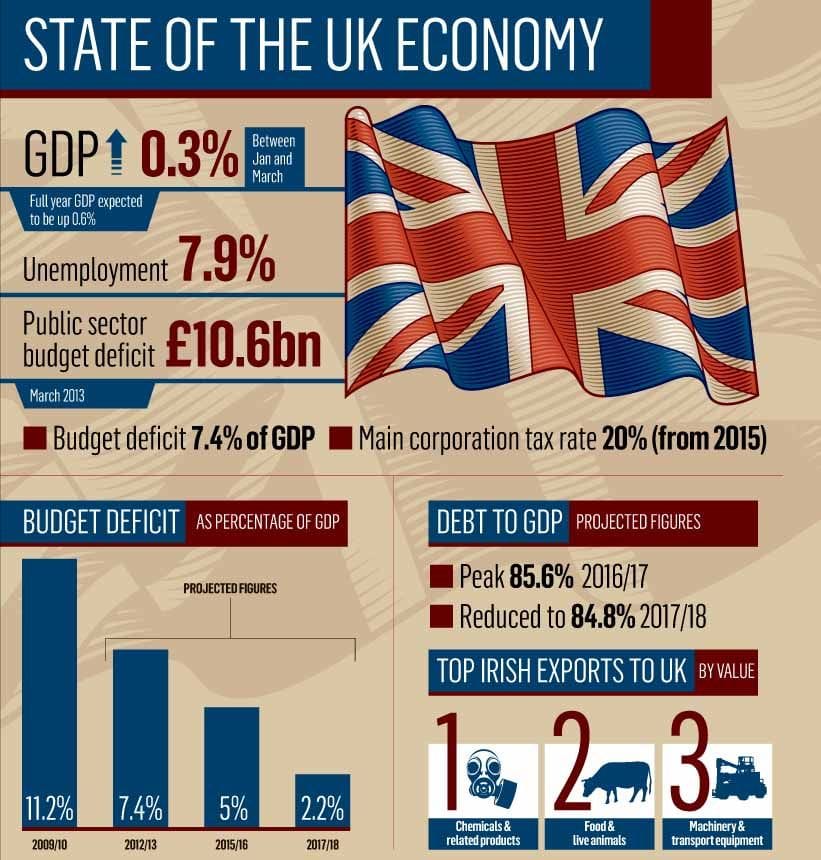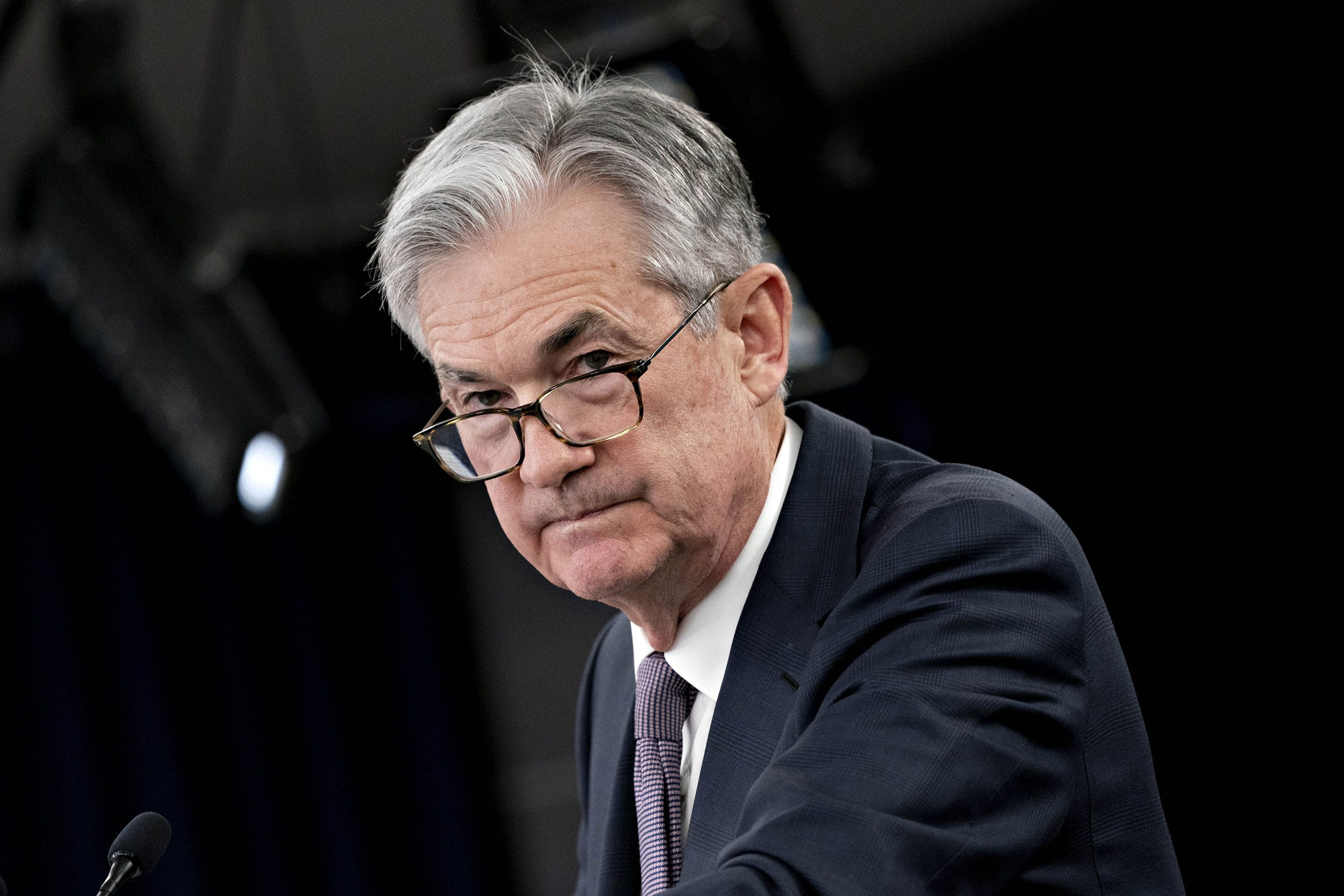Former President Donald Trump has made headlines yet again with his bold directive to the U.S. Treasury: stop minting pennies. Citing the rising cost of production as unsustainable, he argued that the production of pennies has become an inefficient use of resources for the federal government. This announcement has prompted discussions in political, economic, and public spheres on the implications of phasing out the smallest denomination in U.S. currency.
The decision, explained Trump in a statement, was not taken lightly. “The American taxpayer shouldn’t be footing the bill for something that costs more to make than it’s worth,” said Trump, pointing to data indicating that each 1-cent coin costs approximately 2.1 cents to produce. These figures, confirmed by the U.S. Mint, show that the production and circulation of pennies have been a loss-making endeavor for the government for decades.
Critics and supporters alike have long debated the penny’s utility in economic transactions. While some argue that the coin still holds sentimental and functional value, others note that its purchasing power has decreased drastically over time. Today, the penny is rarely used in day-to-day transactions, often ending up in jars or lost under furniture. For years, calls to eliminate the penny have grown louder with economists and legislators citing its inefficiency, but no administration before Trump’s moved forward on this matter.
The move to halt the production of pennies aligns with broader discussions about the modernization of currency systems. Many other countries, including Canada and Australia, have already phased out their lowest denominations without significant disruption. Trump emphasized this trend, stating, “If our allies can do this successfully, so can the United States. It’s time to take a hard look at what makes sense for our economy.”
The historical significance of the penny cannot be overlooked, however. Minted since 1787, the coin has featured numerous designs and has long been associated with Abraham Lincoln, whose portrait has graced the coin since 1909 in honor of his centennial birthday. Lincoln’s visage made the penny an iconic piece of Americana, and the decision to stop minting it is bound to evoke emotional reactions from collectors and history enthusiasts.
This change will not result in an immediate withdrawal of pennies from circulation. Existing pennies will remain legal tender and usable in transactions. However, the Treasury will no longer mint new ones, reducing their availability over time. Retailers and businesses may need to adjust by rounding transaction totals to the nearest five cents, a practice already common in countries that have eliminated smaller coins.
The policy shift may also raise questions about low-income households and their reliance on cash-based transactions. Though rarely used, pennies allow consumers to pay exact amounts in cash. Economists argue that rounding mechanisms, already in place in several nations, cause negligible inconvenience, but policymakers are likely to examine potential impacts closely before implementing and expanding changes.
Some detractors of Trump’s decision argue that the penny holds more than just monetary value. It serves as an important tool in facilitating charitable donations, such as “round-up” campaigns at cash registers, where customers donate spare change to various organizations. Advocacy groups supporting such causes worry the loss of the penny could diminish these contributions, affecting their initiatives.
Proponents, however, argue the economic savings generated could be redirected toward more significant expenditures. The U.S. Mint could streamline its production processes, reducing costs by eliminating materials and labor associated with penny manufacturing. Fiscal analysts have suggested that these savings, while relatively modest in scope, serve as a symbolic move toward greater efficiency in government resource allocation.
Despite the economic rationale, the plan is not without challenges. Manufacturing jobs related to coin production may face cuts, though Trump’s statement did not elaborate on measures to mitigate these potential losses. Additionally, any change to U.S. currency requires the approval of Congress, potentially setting the stage for a prolonged political battle over a seemingly small yet symbolically important coin.
The broader implications of this move could extend to the rest of the U.S. currency system. With inflation steadily eroding the value of coins, questions may arise about the long-term viability of other small denominations, such as nickels, which also cost more than their face value to produce. Looking ahead, the debate could signal a gradual shift toward a cashless society, though significant infrastructural and cultural changes would need to occur first.
As the decision makes its way through legislative processes, the public and various stakeholders are gearing up for a lively conversation about the future of currency in the United States. Whether this decision ultimately becomes law or not, it underscores a growing recognition that elements of America’s economic structures no longer reflect contemporary realities.
Trump has framed this issue as a common-sense reform, stating, “This is not about politics. This is about making decisions that put America first—our economy, our efficiency, our future.”
While the halt on penny production may appear as a minor change, it carries symbolic weight for a nation where tradition and economic pragmatism often intersect. Whether this moment marks the end of the penny’s long history in circulation remains to be seen.



